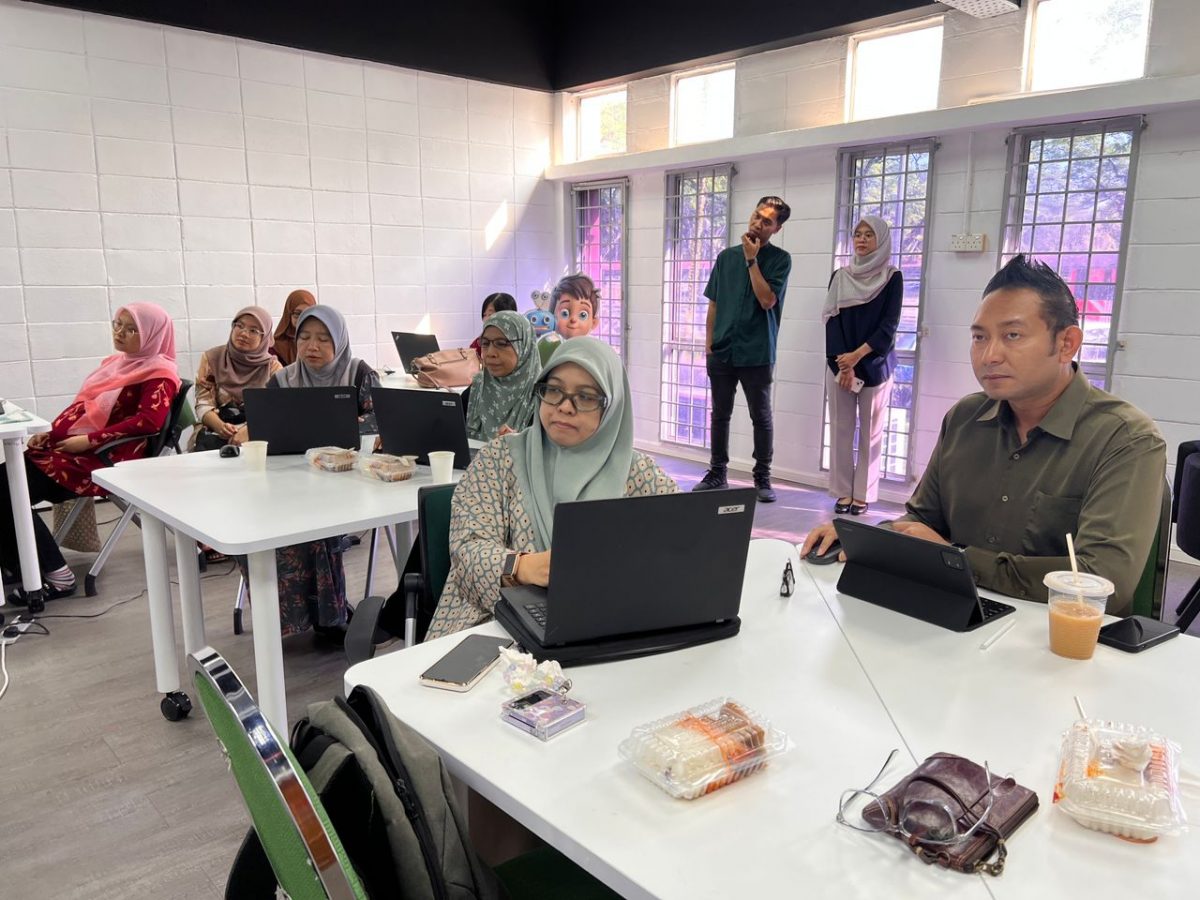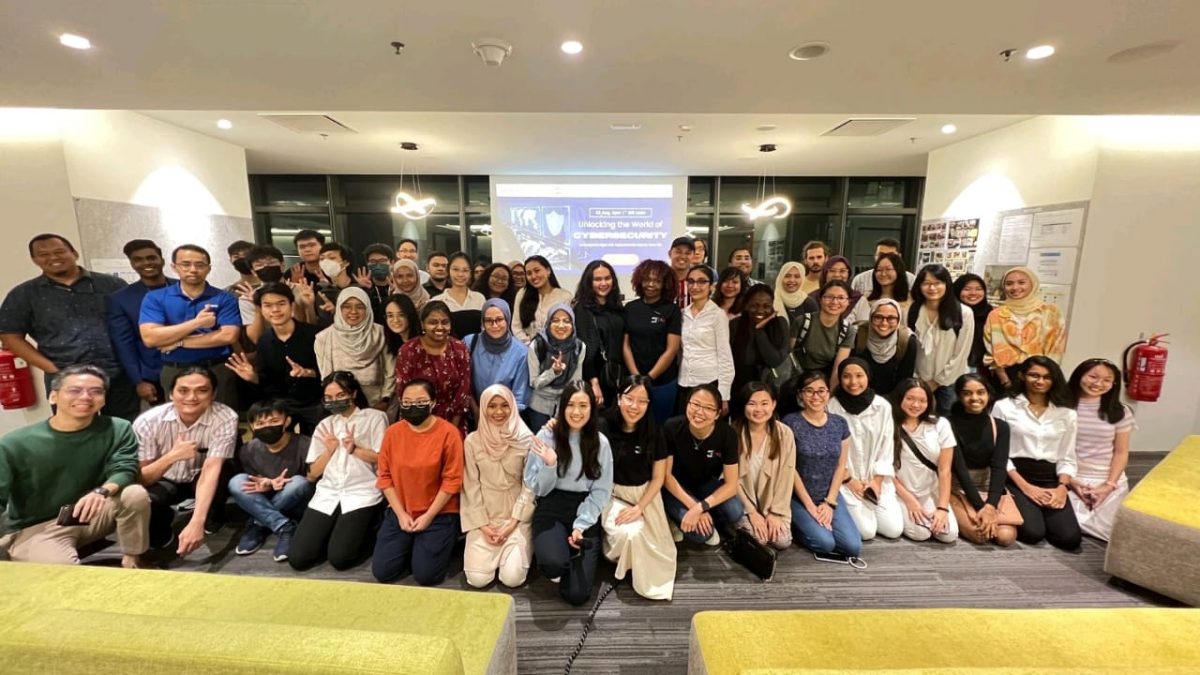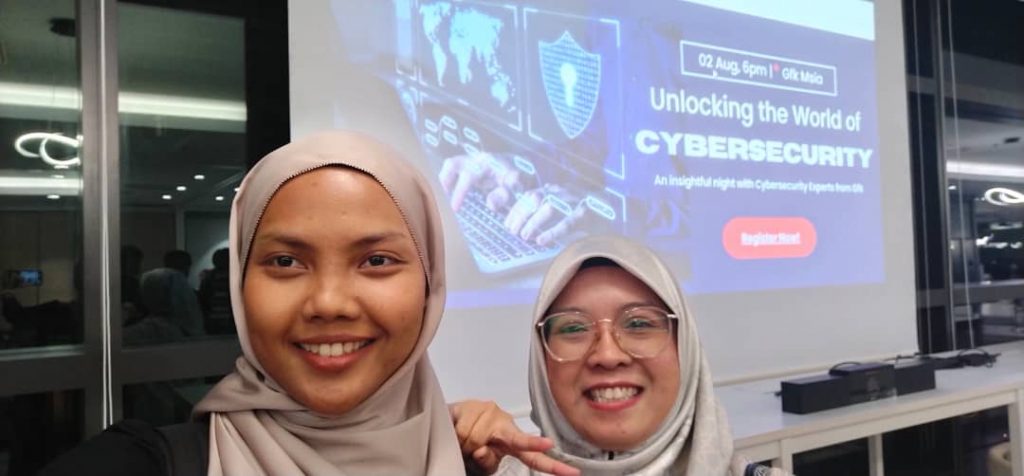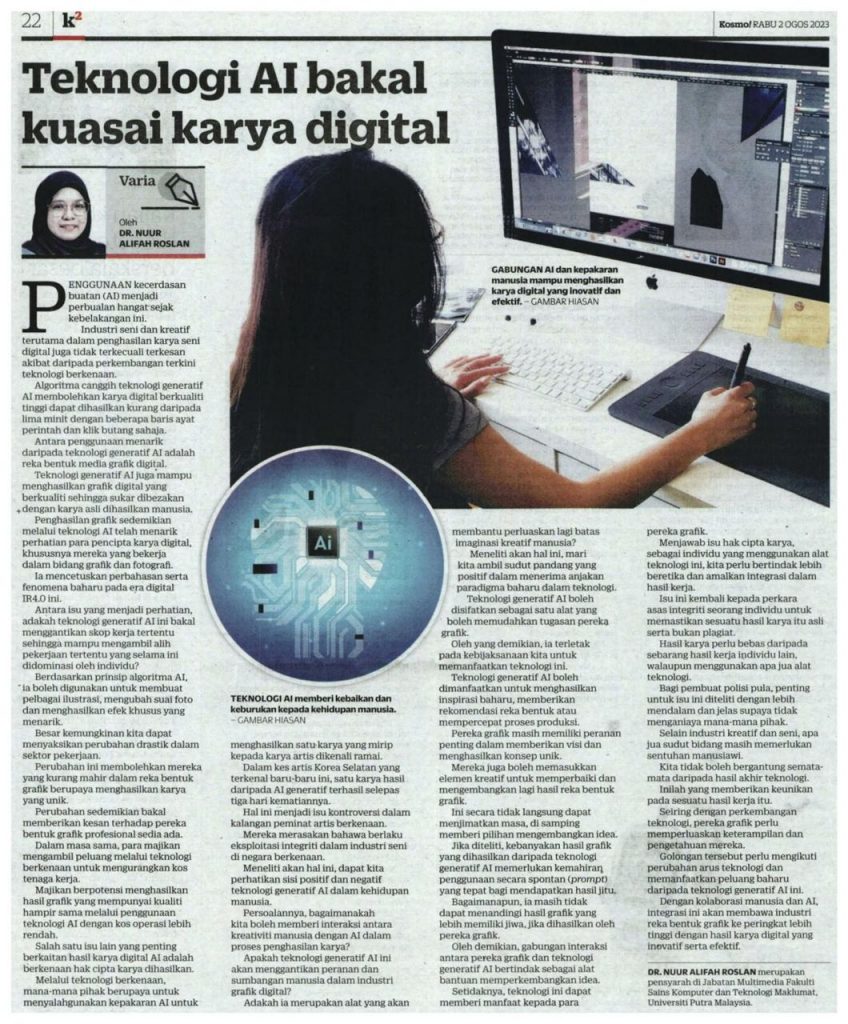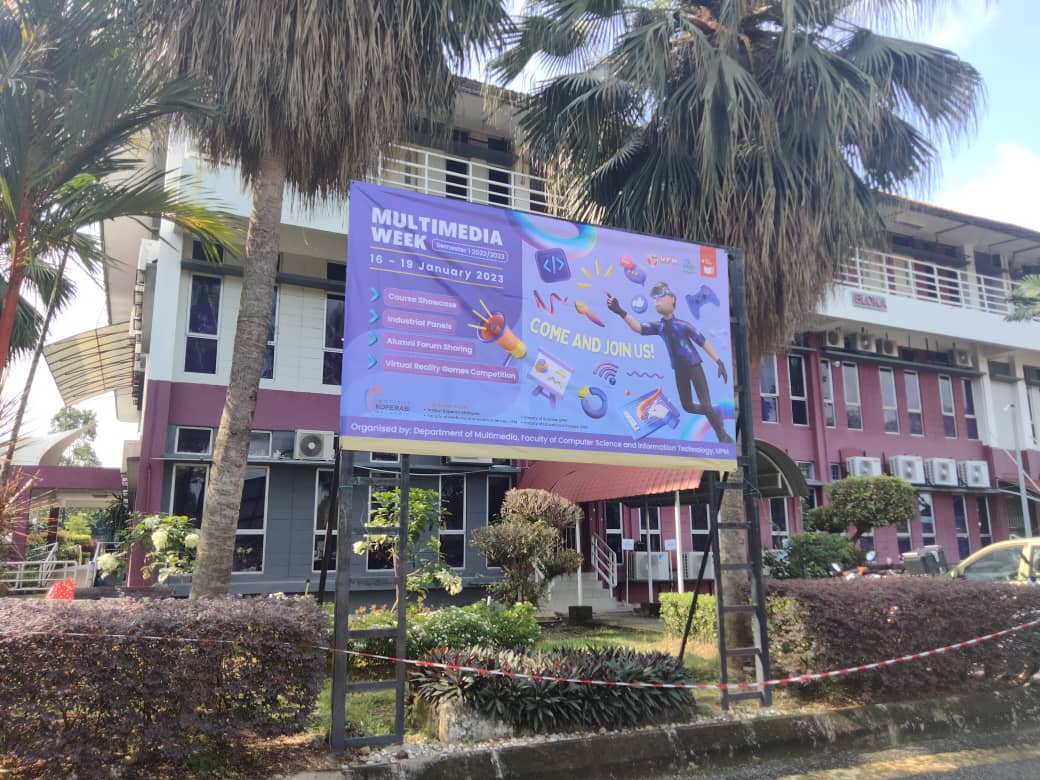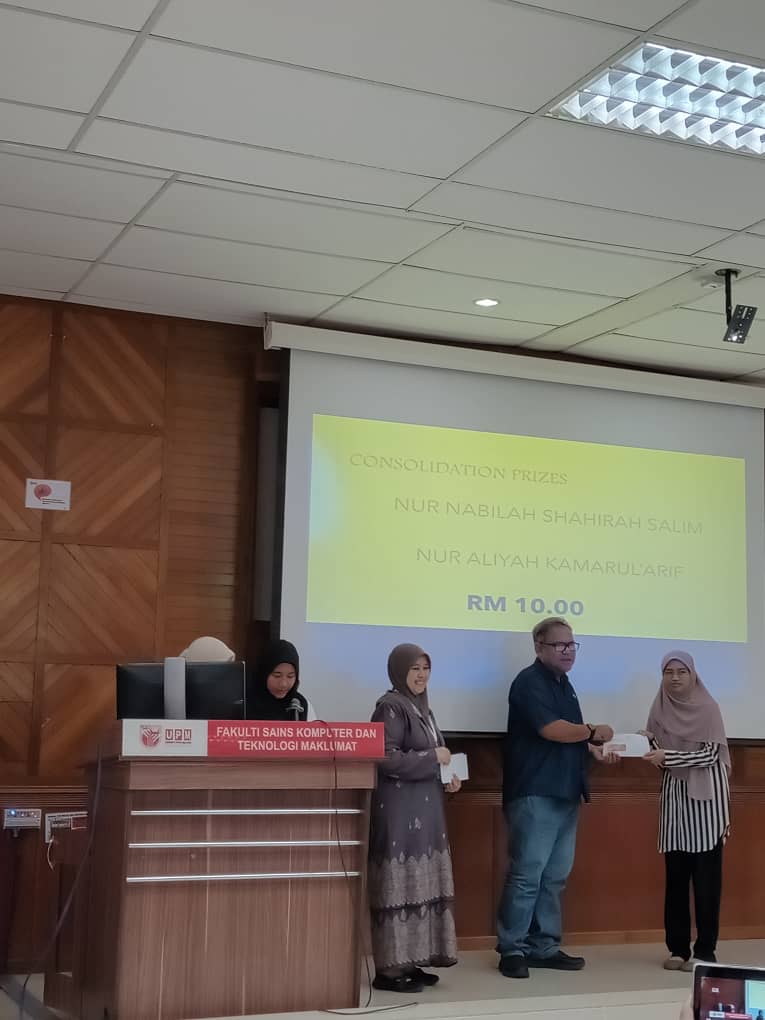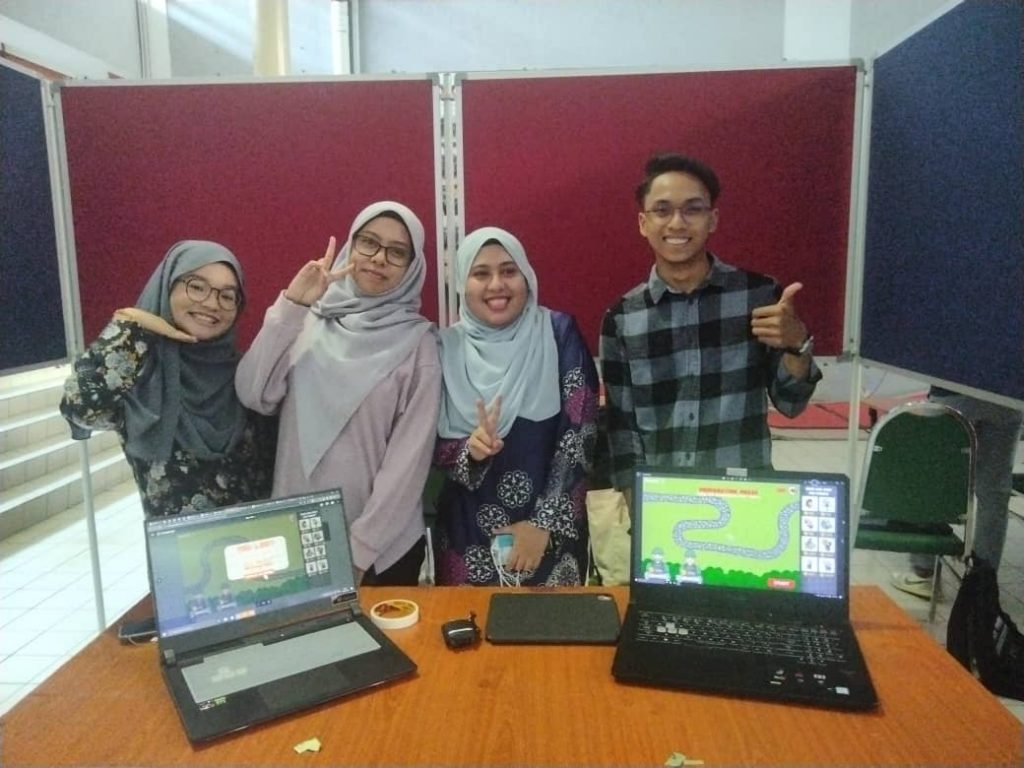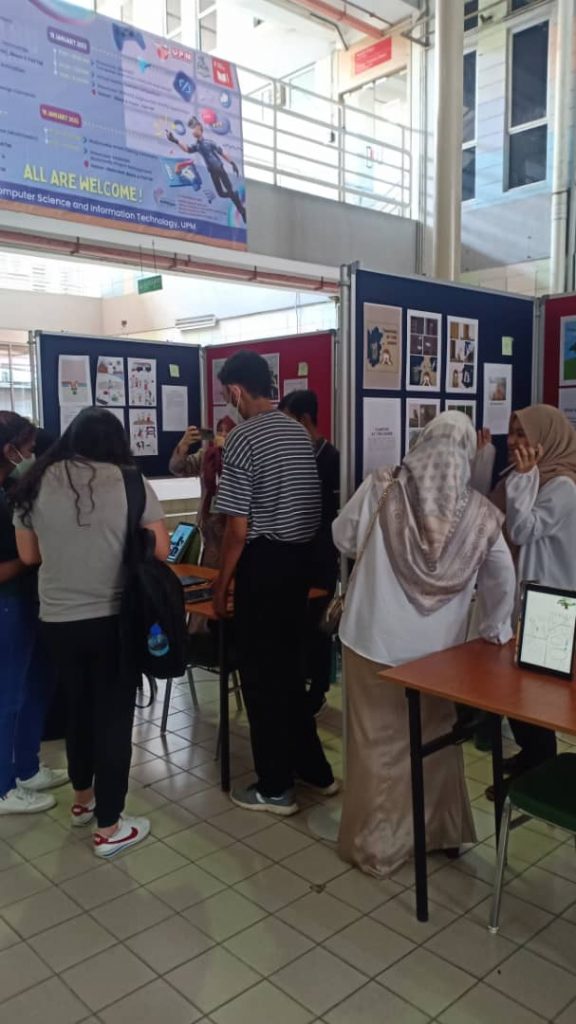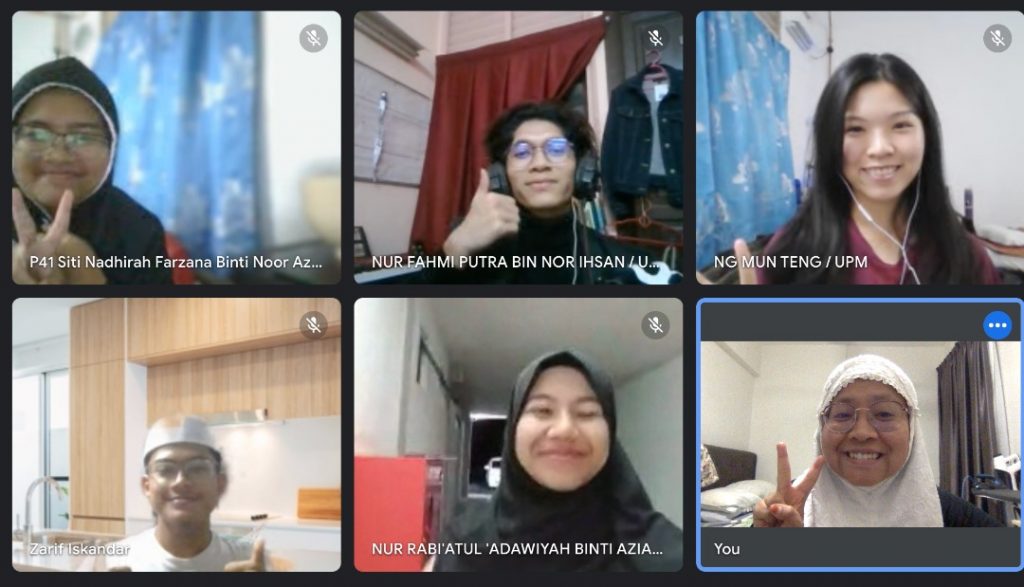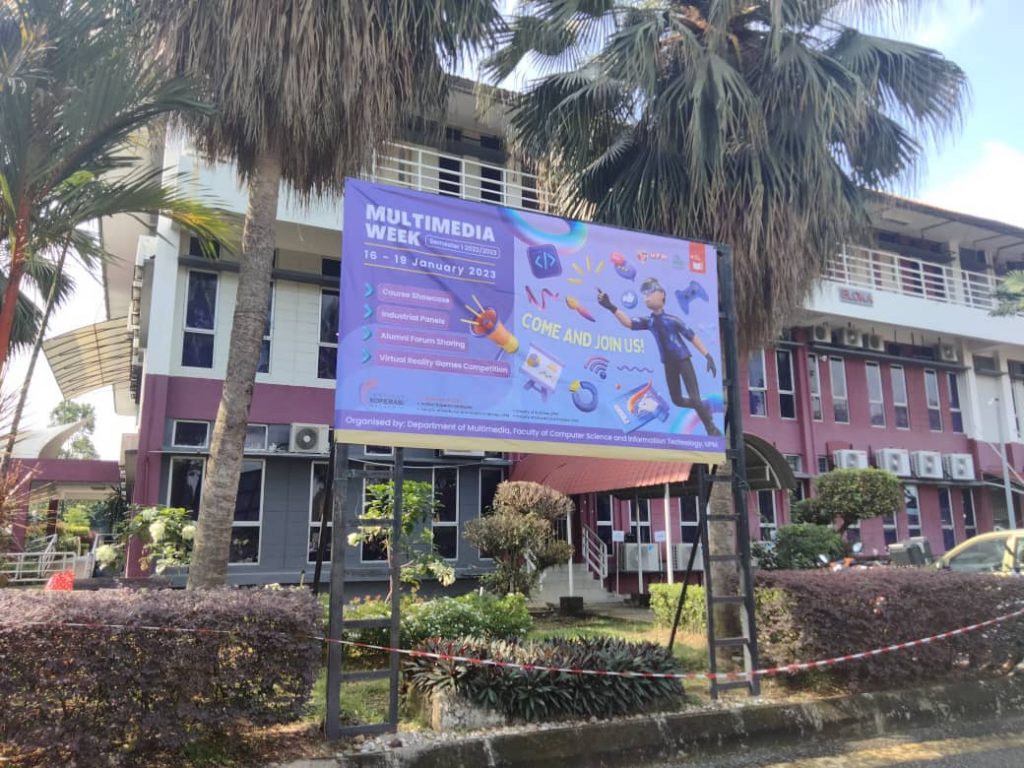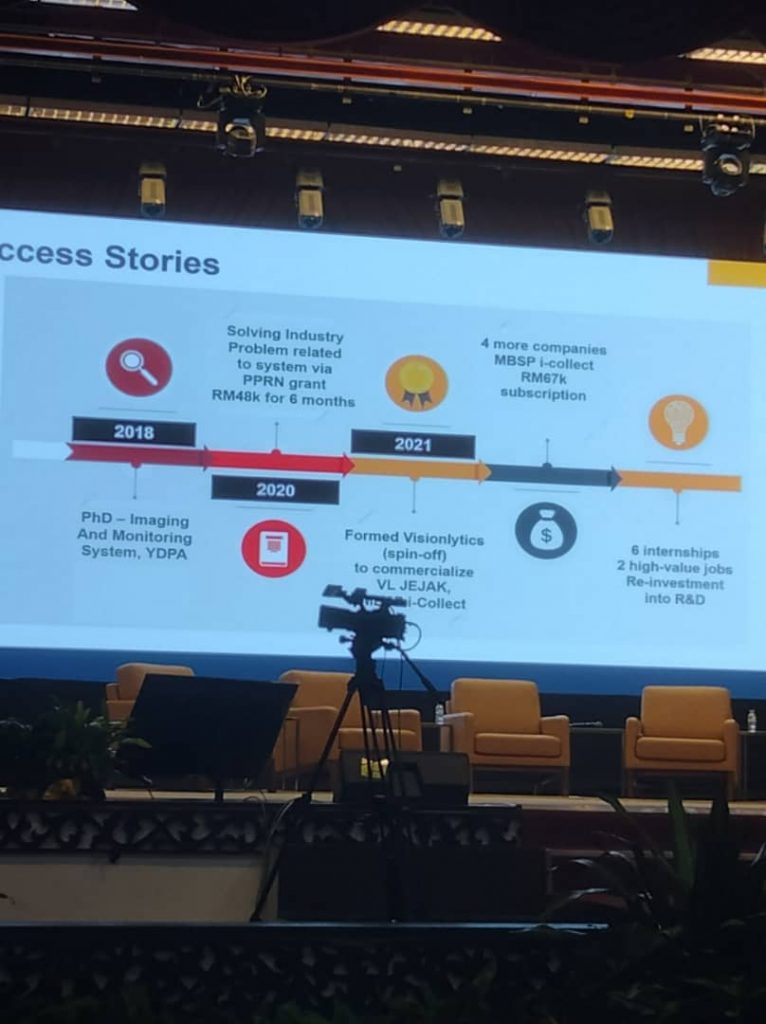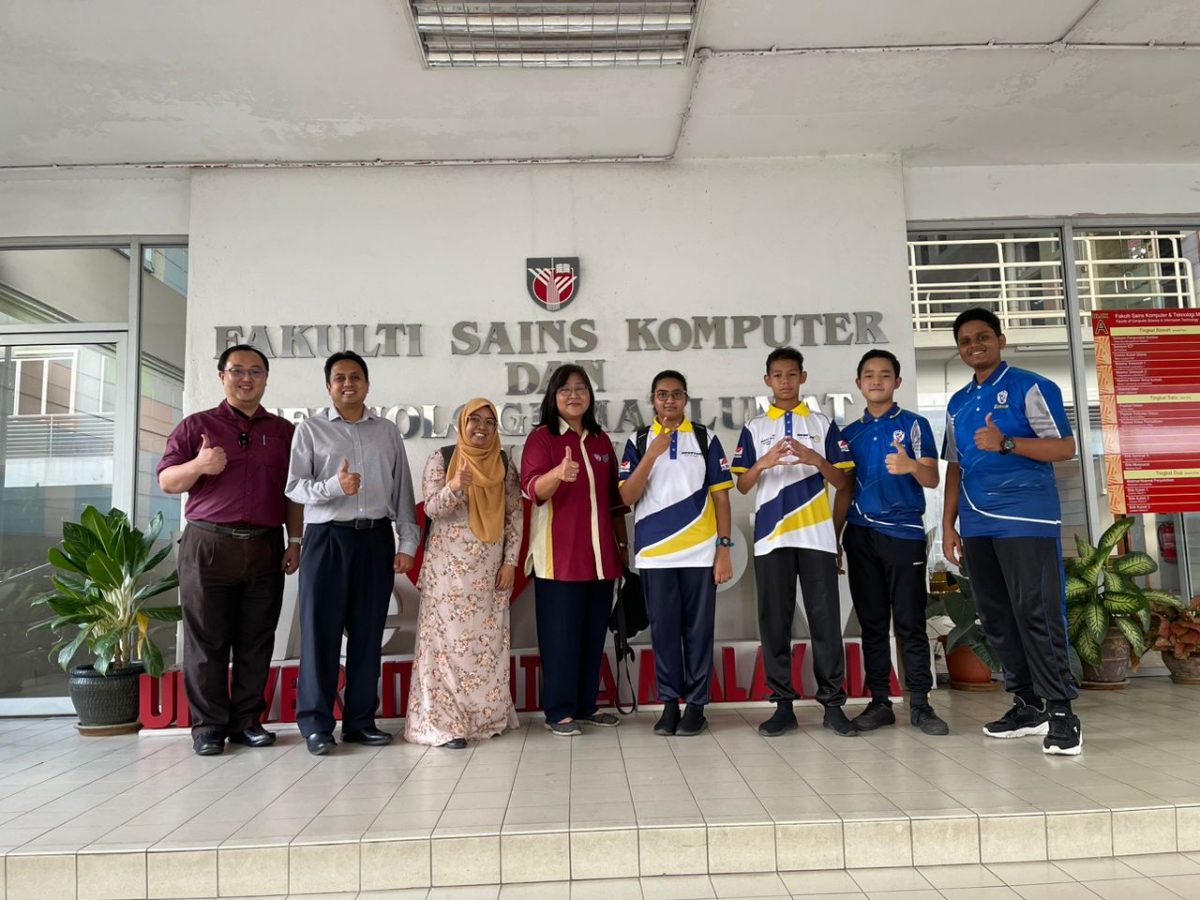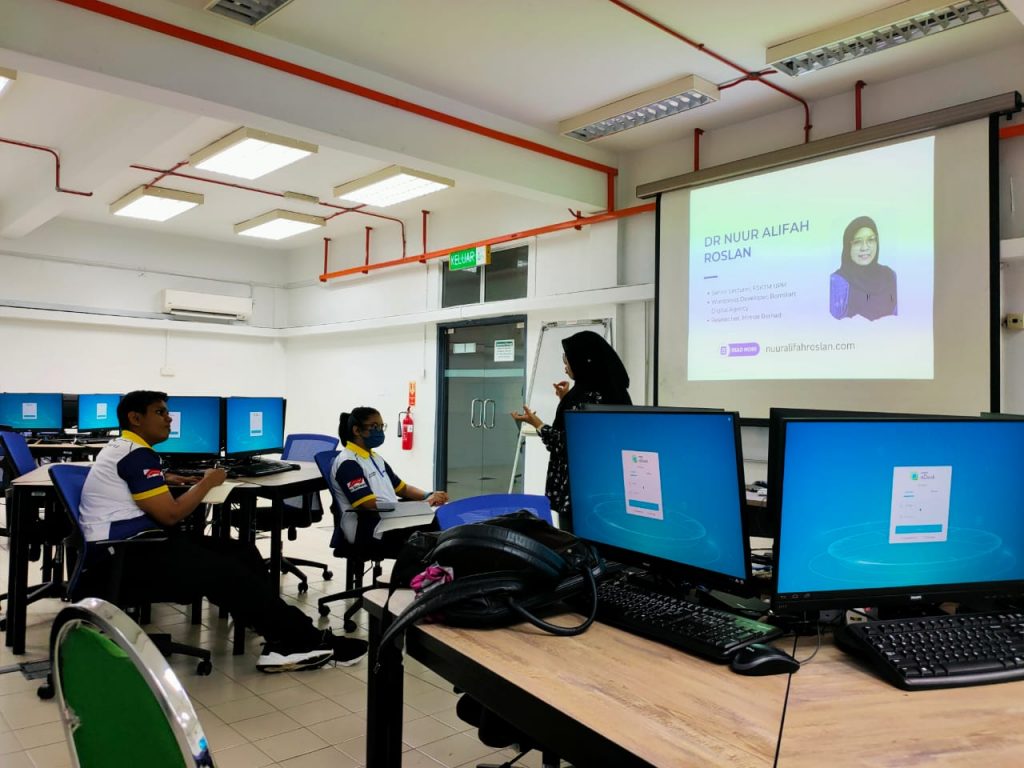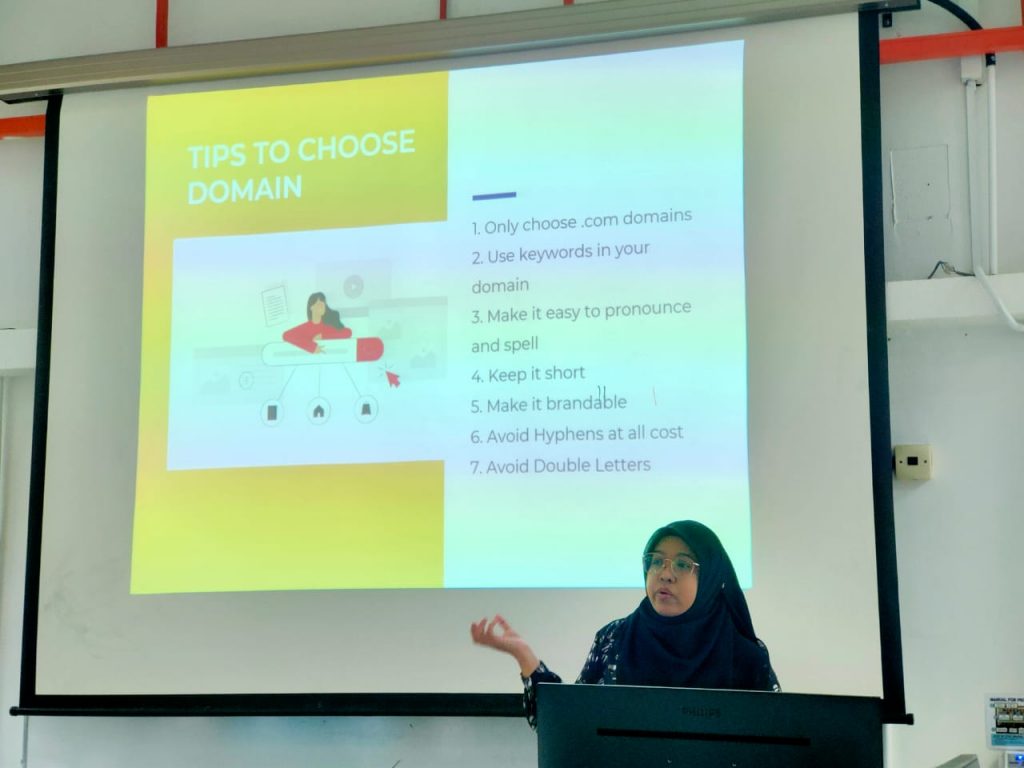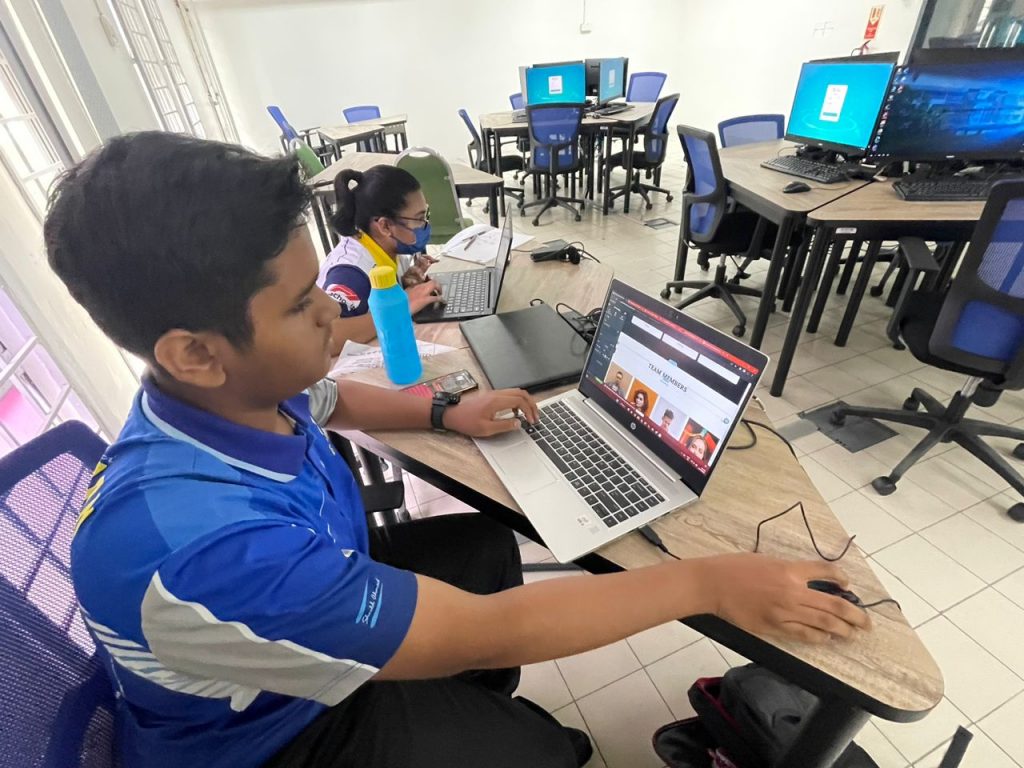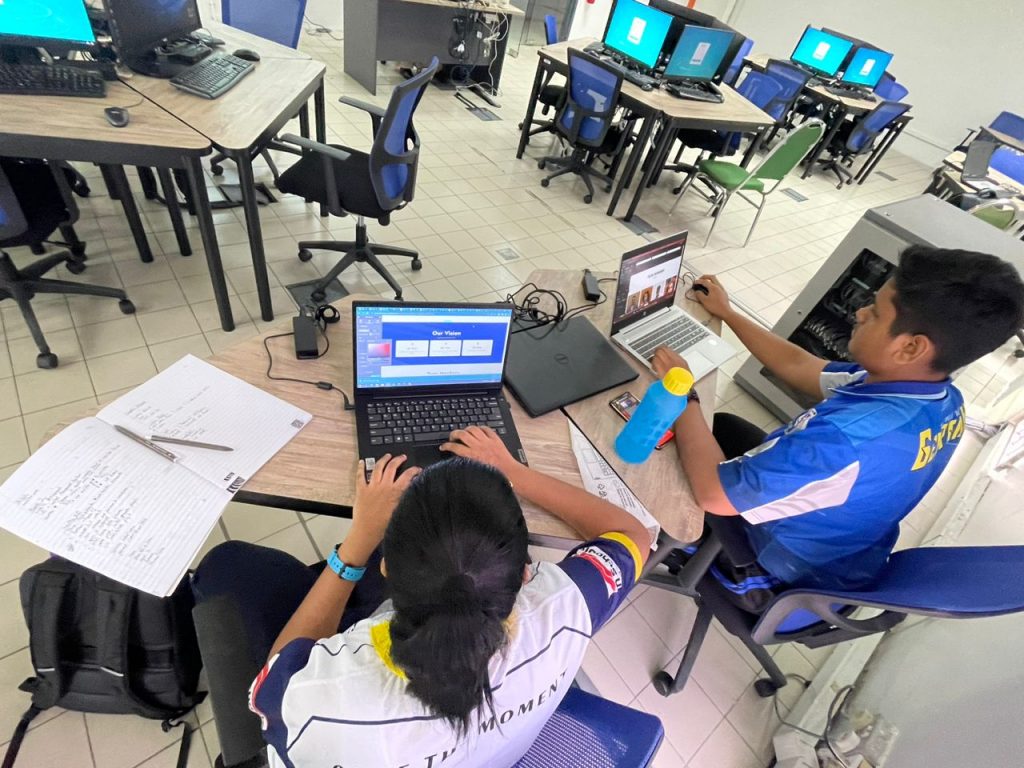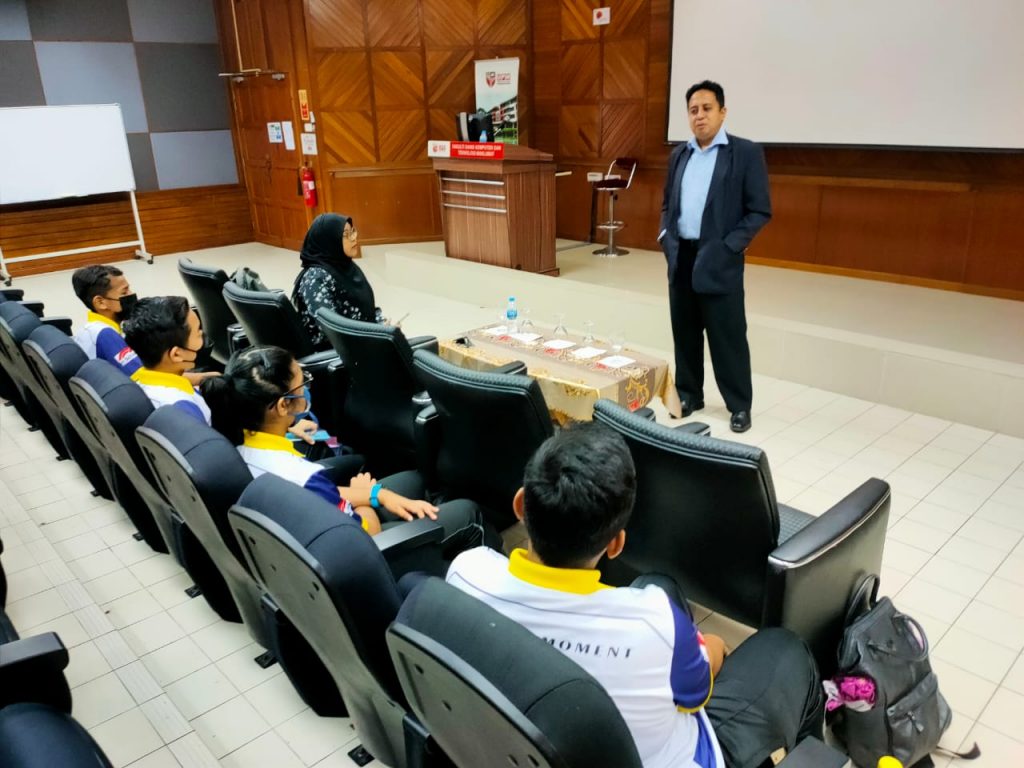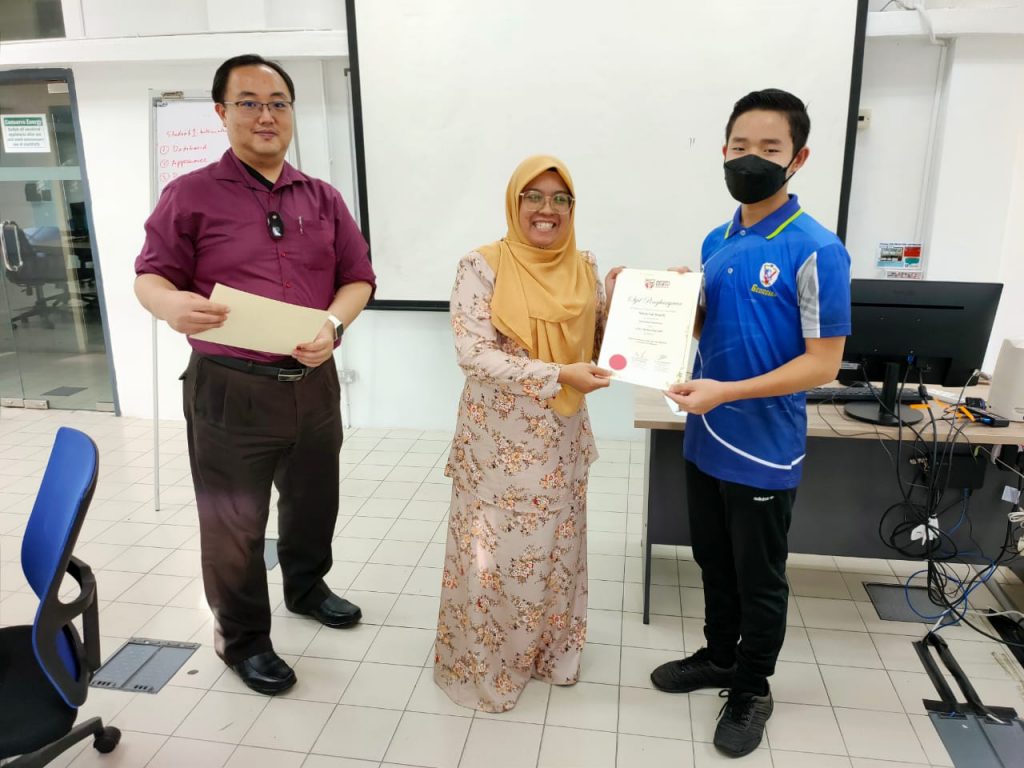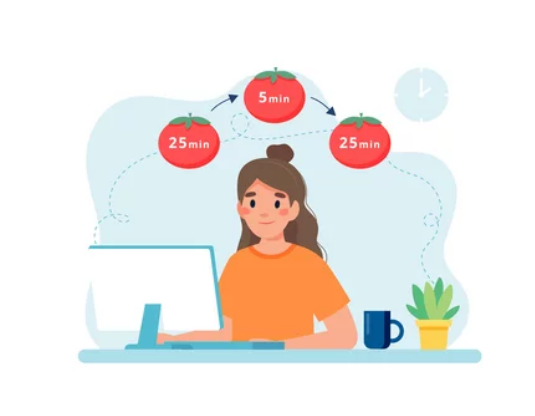By, Assoc. Prof Dr. Fatimah Khalid
Identifying Suitable Journal and Understanding Quartiles Ranking
ERA (Excellence in Research for Australia)
Overview:
ERA is an Australian research evaluation framework that assesses research quality within Australia’s higher education institutions. It was developed by the Australian Research Council (ARC).
Key Points:
- Purpose: To evaluate the quality of research conducted at Australian universities and other research institutions.
- Method: ERA collects data on research outputs, such as publications, from universities. These outputs are then reviewed by committees of experts.
- Use: The results are used to inform government funding decisions and provide a benchmark for research performance.
ESCI (Emerging Sources Citation Index)
Overview:
ESCI is part of the Web of Science Core Collection, managed by Clarivate Analytics. It includes high-quality, peer-reviewed publications of regional importance and in emerging scientific fields.
Key Points:
- Purpose: To extend the coverage of Web of Science by including journals that are not yet indexed in the more selective databases such as SCI, SSCI, or AHCI.
- Criteria: Journals must be peer-reviewed, follow ethical publishing practices, and have a significant contribution to their field.
- Benefits: Inclusion in ESCI provides increased visibility and accessibility for journals, often serving as a stepping stone to being indexed in more selective databases.
JCR (Journal Citation Reports)
Overview:
JCR, also managed by Clarivate Analytics, provides an annual update of the impact factors for scientific journals. It is one of the most widely recognized tools for assessing the relative importance of journals within their field.
Key Points:
- Impact Factor: JCR calculates the impact factor of journals, which is a measure of the average number of citations received in a particular year by papers published in the journal during the two preceding years.
- Categories: Journals are categorized by subject area, allowing for comparisons within specific fields.
- Use: Researchers, institutions, and librarians use JCR to evaluate and compare journals, often influencing decisions on where to publish research.
Each of these indexing systems serves different purposes and audiences, contributing to the overall landscape of academic research evaluation and dissemination.
Journal Citation Reports (JCR) categorizes journals into quartiles based on their impact factor within specific subject categories. These quartiles provide a comparative ranking system, allowing researchers to assess the relative standing of a journal in its field. The quartiles are divided as follows:
Quartile Rankings
- Q1 (First Quartile):
- Represents the top 25% of journals in a specific subject category.
- Journals in this quartile have the highest impact factors within their field.
- Often considered the most prestigious and influential journals.
- Q2 (Second Quartile):
- Represents the 25% to 50% range of journals in a specific subject category.
- Journals in this quartile have above-average impact factors but are not as highly ranked as Q1 journals.
- Still considered reputable and well-regarded.
- Q3 (Third Quartile):
- Represents the 50% to 75% range of journals in a specific subject category.
- Journals in this quartile have below-average impact factors.
- They are considered less influential compared to Q1 and Q2 journals but still contribute valuable research.
- Q4 (Fourth Quartile):
- Represents the bottom 25% of journals in a specific subject category.
- Journals in this quartile have the lowest impact factors within their field.
- They are considered the least influential but still serve a purpose in disseminating research.
Importance of Quartiles
- Reputation and Prestige: Journals in higher quartiles (Q1 and Q2) are generally perceived as more prestigious, and publishing in these journals can enhance the reputation of researchers and institutions.
- Research Impact: Higher quartile journals tend to have a broader readership and higher citation rates, potentially increasing the visibility and impact of published research.
- Funding and Career Advancement: Publishing in higher quartile journals can positively influence grant applications, tenure decisions, and career advancements for researchers.
Determining Quartiles
- Impact Factor Calculation: The impact factor is calculated by dividing the number of citations in a given year to articles published in the journal during the two preceding years by the total number of articles published in the journal during those two years.
- Subject Categories: Journals are categorized into specific subject areas, and quartiles are determined within these categories to ensure a fair comparison among journals with similar research focuses.
By understanding quartile rankings, researchers can make informed decisions about where to publish their work and how to evaluate the impact of journals within their field.
Scopus Indexing
Overview:
- Scopus indexes peer-reviewed journals, conference proceedings, trade publications, and book series across various disciplines, including science, technology, medicine, social sciences, and arts and humanities.
- It aims to provide a comprehensive view of the world’s research output, including both high-impact and regionally significant journals.
Inclusion Criteria:
- Peer Review: The journal must have a robust peer review process to ensure the quality and reliability of published research.
- Regular Publication: The journal should be published regularly and follow ethical publishing practices.
- International Diversity: The editorial board and authors should represent a diverse, international community.
- Content Quality: The journal’s content should be relevant, original, and contribute significantly to its field.
JCR versus Scopus

JCR: Provides a highly selective view of journal impact with detailed citation metrics, focusing on high-impact journals primarily in sciences and social sciences.
Scopus: Offers a broader view of academic research across disciplines, including a wide variety of publication types and extensive citation data.
Determining the Suitable Journal

Make your own journal target and identify the publication charge, publisher and time taken to publish.

Key Step & Best Practices
Highlighted 14 key steps and best practices in writing a high impact journal (will be updated once received the slide materials)
